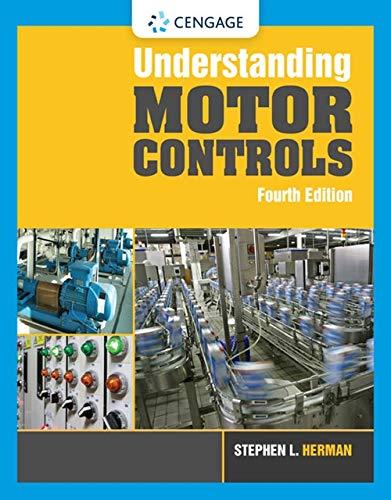(d) (Develop a model, in final integrated form, to estimate the concentration of species A exiting the tube. State three primary assumptions of your model. The model must at least contain the following variables: CAL, CAL, KL, L, V, D. (e) If the tube length (L) is 25.0 m, what is the concentration of benzene in the waste water exiting the tube, i.e. CAL at z=L? (f) Consider now that the surface reaction is slow enough so that the benzene concentration on the catalyst is CAL > 0, and the surface reaction is described by a first-order process with k, = 0.0010 cm/sec. Estimate the new outlet concentration of benzene.
(d) (Develop a model, in final integrated form, to estimate the concentration of species A exiting the tube. State three primary assumptions of your model. The model must at least contain the following variables: CAL, CAL, KL, L, V, D. (e) If the tube length (L) is 25.0 m, what is the concentration of benzene in the waste water exiting the tube, i.e. CAL at z=L? (f) Consider now that the surface reaction is slow enough so that the benzene concentration on the catalyst is CAL > 0, and the surface reaction is described by a first-order process with k, = 0.0010 cm/sec. Estimate the new outlet concentration of benzene.
Understanding Motor Controls
4th Edition
ISBN:9781337798686
Author:Stephen L. Herman
Publisher:Stephen L. Herman
Chapter44: Semiconductors
Section: Chapter Questions
Problem 3RQ: The two materials most often used to produce semiconductor devices are ____________ and...
Related questions
Question
LAST 3 PARTS. D, E, and F ONLY PLEASE.

Transcribed Image Text:Problem 30-1E. The photocatalytic tubular reactor shown in Figure 30-1E is used to decompose organic
contaminants in liquid waste water. The inter walls of the 1.5 cm inner diameter glass tube are lined with
a thin, nonporous, transparent layer of nano-crystalline titanium dioxide (TiO₂), which catalyzes the
oxidation of dissolved organic chemicals to carbon dioxide and water, using sunlight to drive this
photocatalytic process. In the present process, waste water containing 10 g/m³ of benzene (solute A)
dissolved in water enters the tube at 313 K, and it is necessary to have a Reynolds number (Re) of 5000
for flow through the tube. The steady state process temperature is 313 K. For purposes of analysis,
assume the consumption of species A at the catalyst surface is so rapid that the effective concentration of
species A at the catalyst surface is equal to zero (CALS~ 0). Potentially useful data at 313 K: molecular
diffusion coefficient of benzene (CH6, species A) in liquid water, DAB = 1.45 x 105 cm²/sec, M₁ = 78
g/gmole, μB = 0.00658 g/cm-sec (0.658 CP), PB = 0.993 g/cm³.
sunlight
wastewater
CALO 10 g A/m³
Re = 5000
313K
D = 1.5 cm
transparent TiO₂ catalyst layer
lining inside of glass tube
z = L = 25m
CAL
NA
CAL,S 0
catalyst surface
Figure 30-1E. Photocatalytic tubular reactor.
(a) Identify the SOURCE and SINK for mass transfer of benzene.
(b) Is the photocatalytic reaction is best represented as (1) A homogeneous reaction within the control
volume for mass transfer or (2) A heterogeneous reaction at a boundary surface? Justify your
response.
(c) Estimate the convective mass transfer coefficient of benzene in water flowing through the tube, k₁.
(d) (Develop a model, in final integrated form, to estimate the concentration of species A exiting the tube.
State three primary assumptions of your model. The model must at least contain the following
variables: CAL, CAL, KL, L, V, D.
(e) If the tube length (L) is 25.0 m, what is the concentration of benzene in the waste water exiting the
tube, i.e. Ca at z = L?
(f) Consider now that the surface reaction is slow enough so that the benzene concentration on the
catalyst is CALS> 0, and the surface reaction is described by a first-order process with k, = 0.0010
cm/sec. Estimate the new outlet concentration of benzene.
Expert Solution
This question has been solved!
Explore an expertly crafted, step-by-step solution for a thorough understanding of key concepts.
Step by step
Solved in 4 steps with 2 images

Knowledge Booster
Learn more about
Need a deep-dive on the concept behind this application? Look no further. Learn more about this topic, mechanical-engineering and related others by exploring similar questions and additional content below.Recommended textbooks for you

Understanding Motor Controls
Mechanical Engineering
ISBN:
9781337798686
Author:
Stephen L. Herman
Publisher:
Delmar Cengage Learning

Understanding Motor Controls
Mechanical Engineering
ISBN:
9781337798686
Author:
Stephen L. Herman
Publisher:
Delmar Cengage Learning